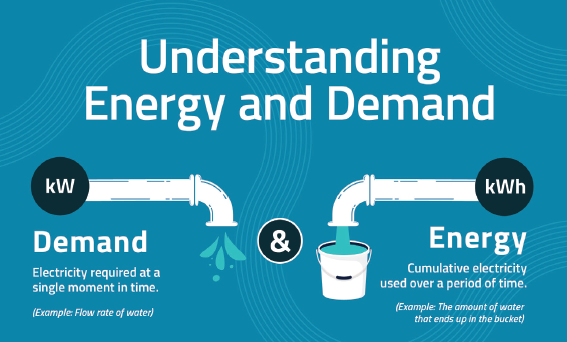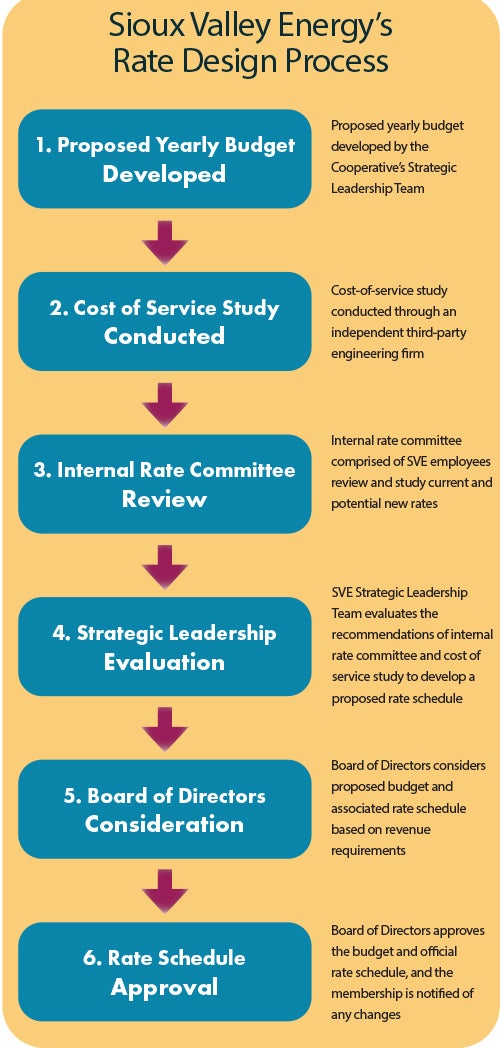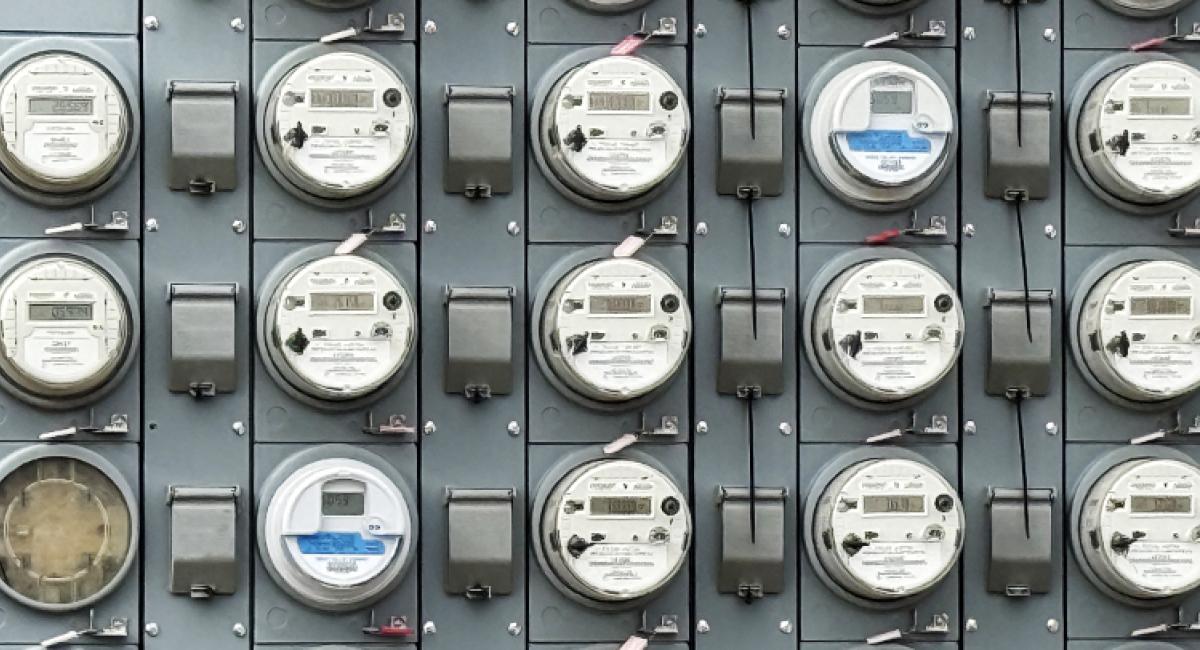Manager's Message: Growth and Designing Rates
Electricity 101: Electric Rates: Art or Science?
Designing electric rates is more of an art than a science. Every utility has its own way or philosophy of collecting the revenue needed to cover its expenses.
Why is that? It’s because each utility is different. No two utilities have the exact same operating costs or distribution system investments. For example, depending on the utility, they may have a different power supplier; are required to meet specific state regulations with associated costs; or may have made more/fewer upgrades to their distribution system.
The one thing every electric utility has in common is the components within the electric rate that need to be paid for which include energy, demand, and electrical facilities.
Demand
Demand is measured in kilowatts (kW) and represents the rate at which electricity is being used. In other words, it’s the amount of power required in an instant to satisfy the needs of all your connected appliances, lighting, heating, and anything else in your home requiring electricity at the exact same time.
Sioux Valley Energy residential members currently do not pay the demand charge posted on their bill, instead those costs are embedded into the energy charge. This may change in the future to more accurately reflect power supply charges to the Cooperative. The Cooperative’s wholesale power supplier charges Sioux Valley Energy for demand. In fact, half of the Co-op’s nearly $70 million yearly power bill is based on demand during just six hours throughout the entire year! Large power members do pay a demand charge.
Energy
Energy is the total amount of electricity consumed over a certain time-period and is measured in kilowatt hours (kWh). Sioux Valley Energy must pay for all of the energy its members use. An easy way to think of energy and demand is through a water bucket analogy (see below). In this example, demand represents the speed of the water flow at any single moment in time and energy corresponds to the total amount of water that ends up in the bucket.

Facilities
Electric facilities and the associated maintenance are paid for through the Basic Service Charge on your bill. Every wire, cable, transformer, and switch costs money. This equipment is necessary so you can have the power you need at your home or business. That equipment must be there regardless of how much or how little you use it, so electricity is available 24/7 when you turn on a light or start a load of laundry.
Each rate class has different Basic Service Charges based on the average amount of infrastructure it takes to get electricity to your home or business. For example, the urban residential members pay a lower Basic Service Charge than the rural residential members because there are more members per mile of line in congested areas to help recover the costs of the facilities.
Rate Design
Rate design is a multi-step process at Sioux Valley Energy. The thorough process helps ensure that rates recover actual costs and are financially adequate; are fair and equitable; and are paid for by the ‘cost causers’ meaning costs are paid by the members who are responsible for incurring them.
Shown in the graphic below is the rate design process at Sioux Valley Energy.

As the Cooperative works through the rate design process, please know the Strategic Leadership Team, Board of Directors, and employees are all focused on you, our member. That focus is based on our organizational commitment.
Click here to learn more about the Sioux Valley Energy Commitment



